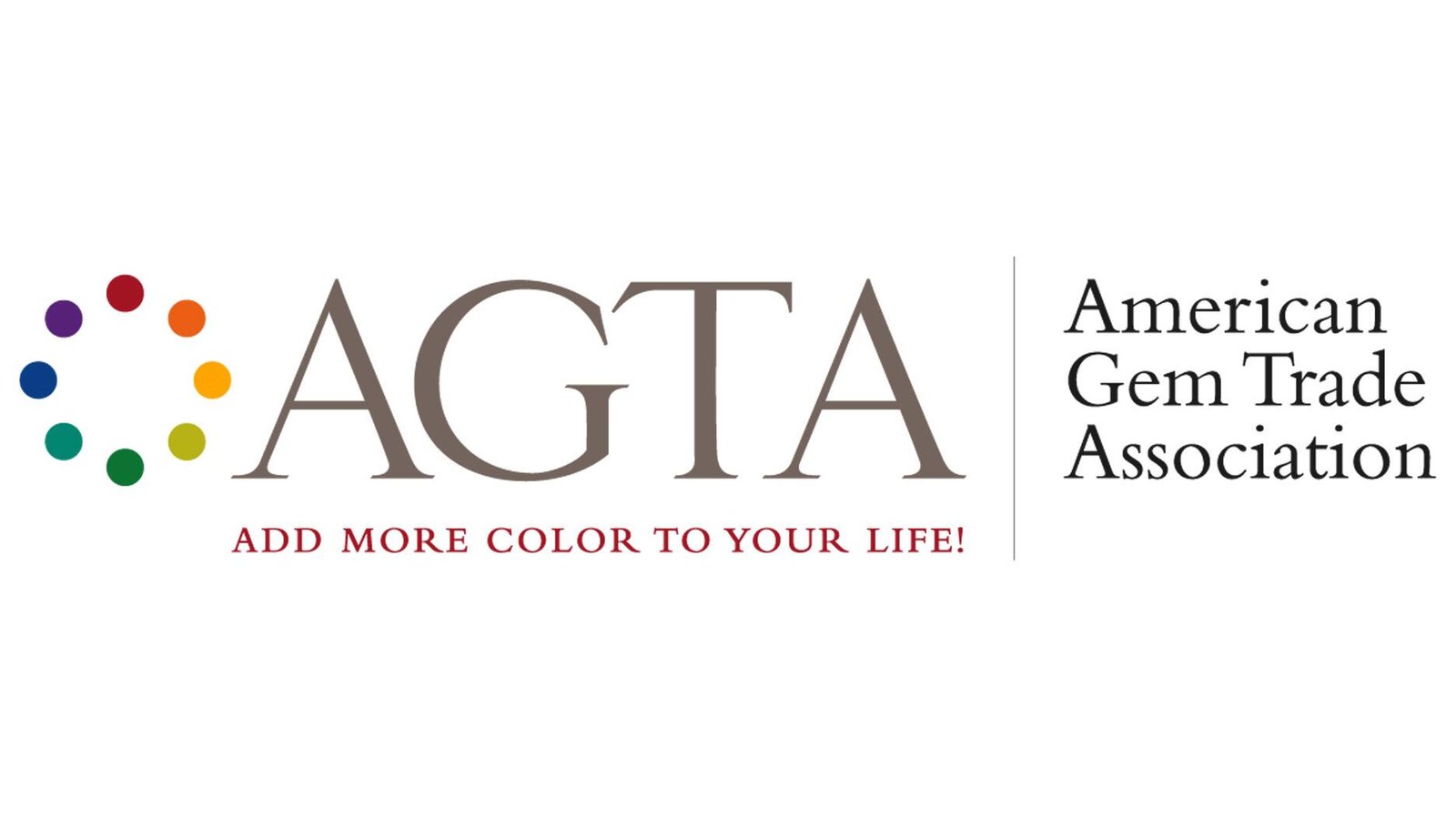What do you think constitutes the value of a gemstone: its natural origin or its appearance? If you’ve ever pondered this, you’re not alone. The American Gem Trade Association (AGTA) recently made a bold move that has left many in the gem industry both curious and speculative. The AGTA announced a ban on lab-grown diamonds and gemstones at all its shows, starting with GemFair Tucson 2025. This decision has stirred up quite a bit of discussion, much like when someone shows up to a black-tie event in a Hawaiian shirt. So, what’s this all about?

This image is property of uploads.nationaljeweler.com.
AGTA’s Ban: A Bold New Rule
Starting in 2025, the AGTA will prohibit the display of loose or jewelry comprising non-natural gemstones at its events. What does this mean for those who’ve been exhibiting lab-grown options alongside their natural counterparts? In short, it means they will have to rethink their displays and inventory.
Imagine walking through a gem fair and every sparkling piece you see is guaranteed to be from the earth’s crust, not from a laboratory. The AGTA’s new rule aims for that very experience. But why this sudden shake-up?
The Catalyst: Preventing Confusion
The decision stems from a desire to prevent the kind of confusion that has muddied the waters of the lab-grown diamond industry. The AGTA wants to ensure clarity for both buyers and sellers, and their members have voiced concerns that prompted this move.
You know those instances when your friend mentions they bought a diamond ring, and you’re skeptical of the price until you find out it’s lab-grown? The AGTA wants to eliminate those ‘Ah, I see!’ moments from their fairs. The intention is clear: to maintain the integrity and transparency of natural gems.
What About Sellers?
Interestingly, the AGTA isn’t putting its members out of business when it comes to lab-grown stones. Members can still sell these stones if they are properly disclosed. However, at GemFair, only natural gems will be available for purchase.
This decision could be likened to a restaurant deciding it will only serve organic produce but leaving the DoorDash menu unchanged. It’s about setting a standard within their events while allowing broader market dynamics to persist.
Minimal Impact on Exhibitors
While the new rule might sound like a tectonic shift in the gem world, its impact on AGTA GemFair exhibitors is expected to be minimal. Why? Because few exhibitors currently sell synthetic gemstones. It’s a bit like banning cilantro in a baking competition—most bakers weren’t using it in the first place.
Aligning With Member Sentiment
The trickier part here might be calculating how many exhibitors were actually relying on synthetic gems for their sales. If only a small fraction of exhibitors deal in lab-grown stones, then this rule might not ruffle as many feathers as one might initially think.
There’s a sense that this decision is less about shaking up the industry and more about reinforcing existing norms. After all, if it walks like a duck and quacks like a duck…

This image is property of uploads.nationaljeweler.com.
The Value Debate: Natural vs. Lab-Grown
One of the core reasons behind AGTA’s decision is the perceived lack of inherent value in lab-grown gemstones compared to natural ones. This isn’t just about market prices but gets into the very philosophy of what gemstones should represent.
Inherent Value
Natural gemstones have this almost mythical allure, partly because they’re formed over millions of years under specific conditions. Contrast that with lab-grown stones, which can be whipped up in a matter of weeks, and you begin to see the value dichotomy.
To put it in somewhat cheeky terms: Would you prefer a homemade cake that took hours to bake or a store-bought one ready in minutes? Both might taste fine, but the process adds a layer of value to the former.
Not Minerals?
AGTA also emphasized that synthetic gems are not minerals. They’ve adopted the definitions of “mineral” from the British and U.S. Geological Surveys, putting a spotlight on the term “natural.” It’s not unlike arguing that instant coffee isn’t real coffee—sure, it works in a pinch, but it’s just not the same.
Posting and Removing: A Brief Internet Blip
Interestingly, AGTA’s announcement was initially posted on its website but was then briefly removed due to an error. This little hiccup might make you wonder if someone in their IT department needs a bit of extra coffee. But the slip also added an unexpected layer of drama to an already intriguing announcement.
So, what exactly went wrong? It’s as if a waiter delivered a dish to your table only to whisk it away before you could take your first bite. The announcement reappeared eventually, solidifying what many had speculated during its absence.

Tables and Comparisons
To better understand the distinctions and implications of AGTA’s decision, here’s a look at how natural and lab-grown gemstones compare on several fronts:
| Aspect | Natural Gemstones | Lab-Grown Gemstones |
|---|---|---|
| Formation | Formed over millions of years in natural settings | Created in a lab over weeks to months |
| Value Perception | Highly valued for rarity and natural formation | Value varies; generally perceived as less rare |
| Mineral Status | Classified as minerals | Not classified as minerals |
| Market Transparency | Generally clear with proper certification | Can lead to confusion without proper disclosure |
| Environmental Impact | Mining has significant environmental footprint | Lower environmental impact but energy-intensive |
The Industry Buzz
The gem industry is abuzz with reactions to AGTA’s decision. Critics argue that lab-grown gemstones are more ethical and environmentally friendly, while proponents of the ban maintain that natural gems possess a unique, irreplaceable quality. This isn’t just a debate; it’s a full-blown philosophical dichotomy.
Ethical Considerations
On one hand, lab-grown gems sidestep the often problematic ethical concerns associated with mining. They can be created without displacing communities or damaging ecosystems. Then again, they lack that irreplaceable, natural allure that can be a gemstone’s defining characteristic.
It’s akin to the difference between vintage and modern architecture. Each has its merits, but for purists, there’s something about the history and craftsmanship of older buildings that new ones simply can’t replicate.
Environmental Impact
Lab-grown gemstones also come with their pros and cons regarding the environment. While mining can result in significant habitat destruction and carbon emissions, lab-grown stones still require substantial energy, often from non-renewable sources. It’s a bit like choosing between paper and plastic—both have their ecological footprints.

The Future of GemFairs
Looking ahead, what does this mean for the future of GemFair events? The decision will undoubtedly set a precedent. Other trade events might follow suit, emphasizing the ‘natural’ in natural gemstones. You might see a domino effect where exhibitors adapt to new market demands that prioritize natural gems over their synthetic counterparts.
Potential Trends
A possible future scenario could see a rise in specialized fairs or even online platforms dedicated entirely to natural gems. On the flip side, lab-grown stones might also get their own niche markets, where buyers and sellers meet under a clear banner of synthetics.
Consumer Preferences
At the end of the day, all this does hinge significantly on consumer preferences. If buyers increasingly lean towards natural stones, the market will follow. However, should the demand for ethical, affordable alternatives grow, lab-grown gems will still have their place in the jewelry landscape.
Conclusion: The Quiet Uproar
AGTA’s decision has certainly created a quiet uproar, one that will keep conversation buzzing for some time. It’s a fascinating blend of ethics, economics, and aesthetics that will shape the gem industry’s future in compelling ways. Whether you side with the naturalists or the new-wave lab-grown advocates, one thing is for sure: the gem world just got a bit more glittering—albeit with some contentious shimmer.
So, next time you gaze into the sparkle of a gemstone, consider what it signifies. Is it a product of time and natural forces or an innovative marvel of human ingenuity? Either way, understanding its journey adds to its allure.
